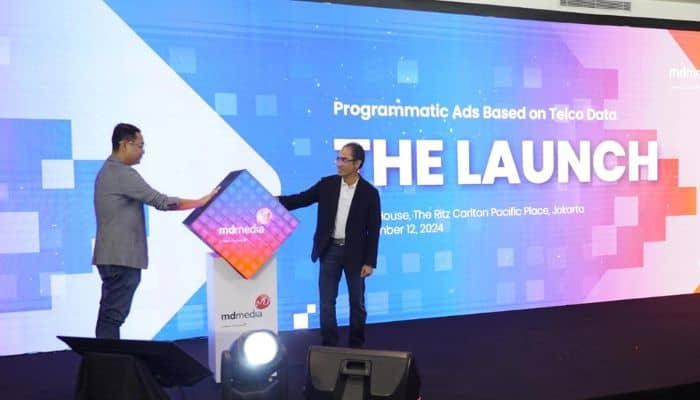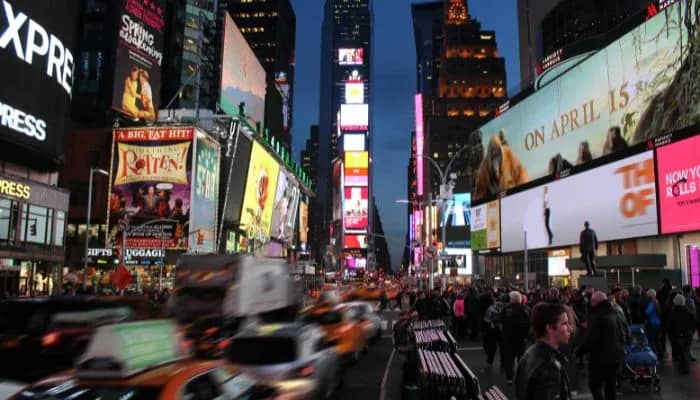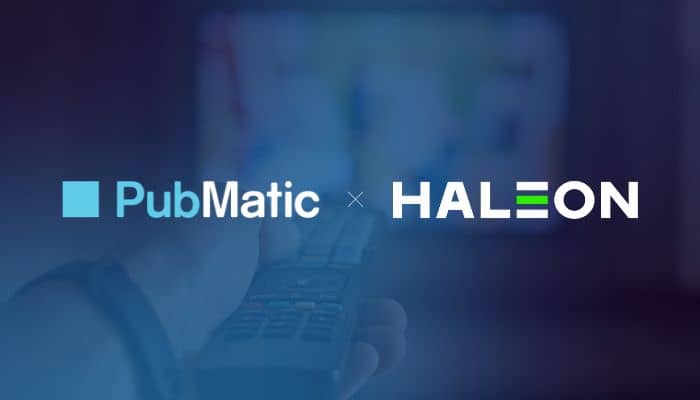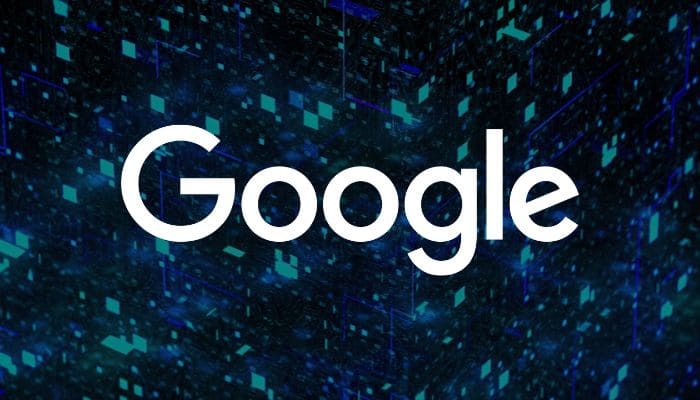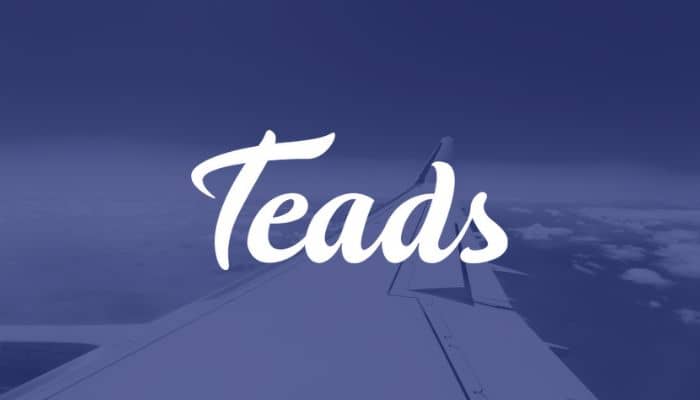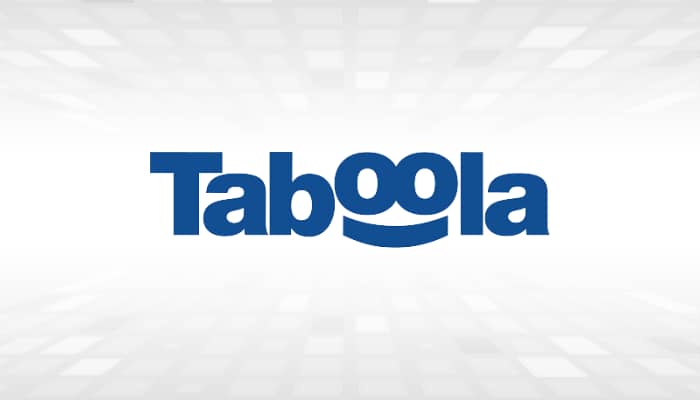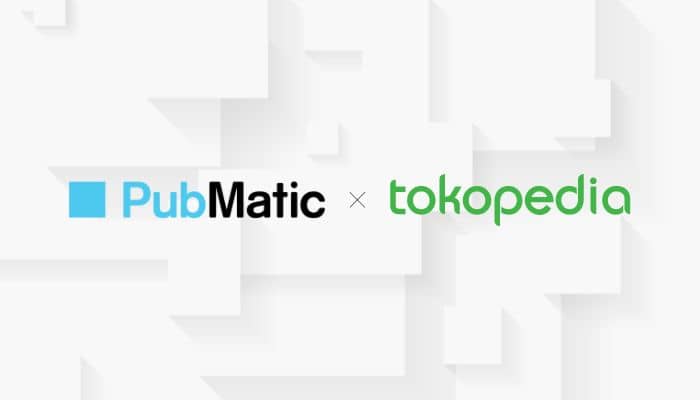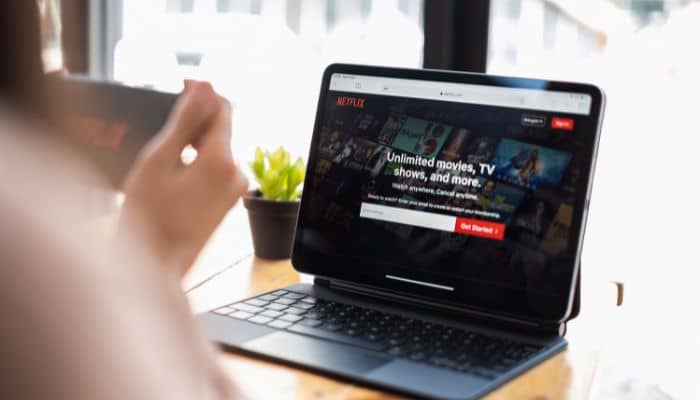London, UK – Nearly one in three campaigns (27%) over the past 18 months have incorporated programmatic digital out-of-home (prDOOH), with this figure expected to increase to an average of 35% in the next 18 months, a recent study by VIOOH revealed.
The research projects that France, Australia, Germany, and the US will lead in adopting prDOOH, with these markets seeing the biggest rise in campaigns using programmatic digital out-of-home. Globally, prDOOH investment is set to grow by 28% over the next 18 months, with the US, UK, and France each projecting a 29% increase.
Budgets are shifting towards prDOOH, with global marketers projected to boost investment in DOOH by 32% and prDOOH by 28%. Traditional out-of-home (OOH) investment is also expected to grow by 16%. This surge in digital spending highlights a greater adoption of technology-driven solutions in outdoor advertising.
VIOOH’s study found that over a third (37%) of marketers are shifting budgets from other digital channels to prDOOH, marking a 4 percentage point (ppt) increase year-over-year (YoY). When purchased by digital or programmatic teams, prDOOH budgets mainly come from other digital (81%) and traditional channels (79%), highlighting its growing appeal as part of a multi-channel media strategy.
In core markets, prDOOH budgets sourced from DOOH have risen by 16 ppt YoY, increasing from 53% to 69%. As prDOOH adoption grows, more than one-fifth (22%) of advertisers are allocating entirely new budgets to it, with the US and Australia leading the trend at 28% and 27%, respectively. Notably, prDOOH now accounts for a larger share of new advertising budgets in core markets (24%), reflecting a 10 ppt increase year-over-year.
The growth in global prDOOH investment is largely driven by existing adopters, who are more likely to include prDOOH in future media plans (36%), compared to first-time investors (32%). The study suggests that familiarity with prDOOH’s benefits is crucial as marketers increasingly adopt programmatic approaches for out-of-home advertising.
Interestingly, 92% of global respondents view prDOOH as the most innovative media channel, reflecting a 9 ppt YoY in core markets.
This trend is driven by prDOOH’s versatility in supporting various campaign strategies, crucial for both brand-led (85%) and performance-led (91%) objectives. Notably, prDOOH competes with social media (85%) as a leading choice for brand-led campaigns, even surpassing traditional DOOH (80%).
Globally, 81% of respondents are combining direct and programmatic DOOH buys for performance-led campaigns, benefiting from the increased reach and precise measurability of prDOOH. For brand-building, 83% are integrating social media with prDOOH, up 5 percentage points year-over-year in core markets.
In the five core markets, nearly all surveyed marketers (95%) acknowledge the benefits of dynamic creative optimisation (DCO) for prDOOH campaigns. Many are considering, testing, or actively using DCO to boost campaign effectiveness. The main advantages highlighted are creative flexibility (42%), improved relevance (40%), and optimised ad spend (38%).
The real-time adaptability of DCO drives its appeal, particularly in Australia (37%), the US (36%), and the UK (34%). This flexibility enables marketers to quickly respond to trends or events, enhancing the effectiveness of prDOOH campaigns.
On another note, VIOOH’s study also reveals that global advertisers and agencies are increasingly prioritising sustainability in their campaigns. The survey shows that 60% of marketers view sustainability as a key factor when investing in prDOOH.
Marketers in the UK (61%), Australia (65%), France (65%), and Brazil (65%) particularly favour prDOOH for its efficiency and sustainability. Its ability to reduce wasteful impressions by targeting specific audiences or conditions, along with its broad broadcast reach (62% for prDOOH vs. 58% for DOOH and 52% for OOH), enhances its appeal.
The increasing focus on sustainability, now a top-three priority for nearly a third of global marketers (31%), underscores a shift towards eco-conscious marketing practices. prDOOH stands out in this trend due to its clear sustainability advantages.
Jean-Christophe Conti, chief executive officer at VIOOH, said, “Globally marketers increasingly recognise prDOOH’s flexibility, dynamic creative opportunities, and sustainability benefits. We’re confident its growth will continue, and as this report indicates, we anticipate a 28% increase in prDOOH spending over the next 18 months, with significant budgets sourced from existing traditional and digital budgets, as well as entirely new budget allocations.”
Conti added, “The flexibility of programmatic buying has enabled marketers to seamlessly integrate prDOOH into their campaigns as part of broader multi-channel strategies, and we’re looking forward to continuing to drive the evolution of DOOH towards a programmatic, more integrated future in the media landscape.”

